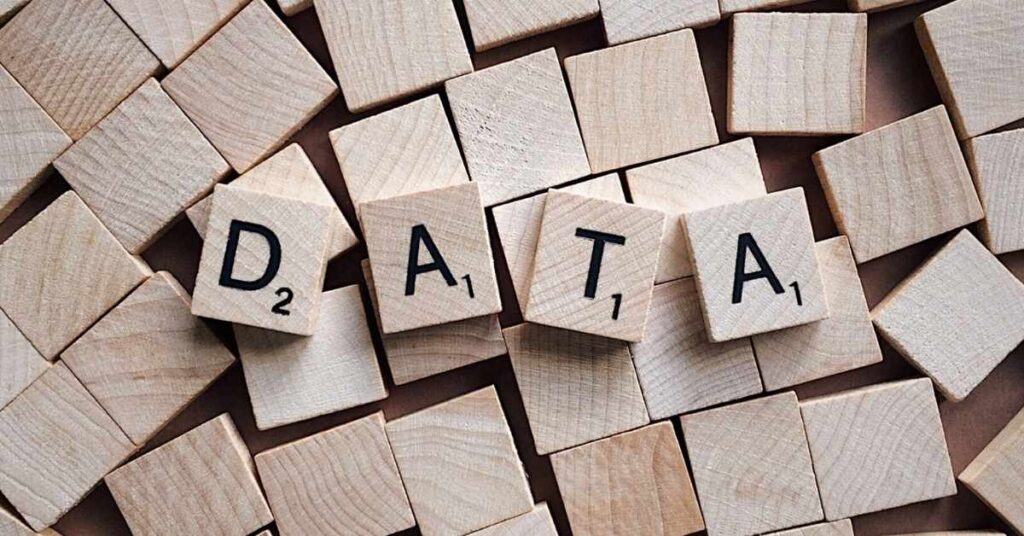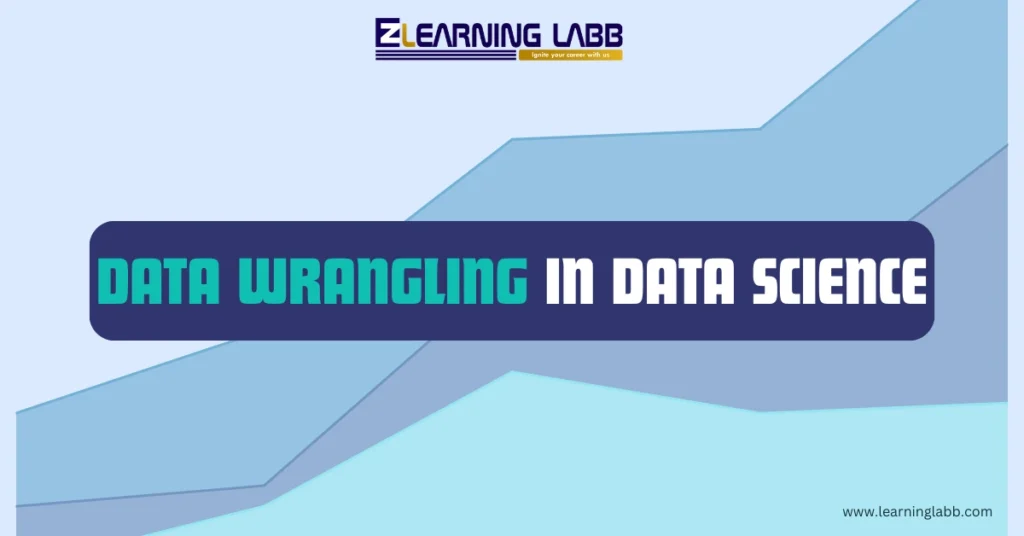Data Wrangling in Data Science: Data has been called the “new oil” of the modern world. But just like crude oil, data must go through extensive processing before it becomes valuable. This is where data wrangling in data science plays a crucial role.
If you’re a budding data scientist or simply curious about how messy datasets transform into actionable insights, this guide will walk you through the essence of data wrangling, its importance, and key techniques.
What Is Data Wrangling in Data Science?
At its core, data wrangling in data science refers to the process of cleaning, structuring, and enriching raw data so it’s ready for analysis. Imagine receiving a dataset filled with missing values, typos, or irrelevant entries.
Before any analysis or machine learning algorithm can be applied, such data must be “wrangled” into a usable format.
In simple terms, data wrangling bridges the gap between raw data and meaningful insights.
Why Is Data Wrangling Important in Data Science?
- Ensures Accuracy: Bad data leads to bad decisions. Cleaning and structuring datasets ensures that insights drawn are reliable.
- Saves Time: Did you know that data scientists spend up to 80% of their time on data wrangling? While it might seem tedious, this effort reduces errors during analysis.
- Facilitates Advanced Techniques: Without clean data, advanced models like machine learning algorithms or AI systems would fail to perform effectively.
- Builds Confidence in Insights: When stakeholders know your data is clean and structured, they are more likely to trust the insights derived from it.
At Ze Learning Labb (ZELL), our courses emphasise mastering the art of data wrangling, making students industry-ready to tackle real-world datasets.

Key Techniques for Data Wrangling in Data Science
- Data Cleaning
- Data Transformation
- Data Integration
- Data Enrichment
- Data Validation
1. Data Cleaning: Removing duplicates, Filling or dropping missing values, and Correcting typographical errors.
2. Data Transformation: Normalising data, Converting data types and Aggregating data for meaningful patterns.
3. Data Integration: Combining data from multiple sources is often necessary. Tools like SQL or Python libraries like Pandas make this process smoother.
4. Data Enrichment: Adding external data sources to provide more context or depth to your dataset can significantly improve the quality of analysis.
5. Data Validation: Finally, ensure your wrangled data meets the standards required for analysis by cross-checking formats and consistency.
Top Tools for Data Wrangling
Here’s a list of popular data wrangling tools used in data science:
- Python (Pandas and NumPy): Python libraries are often the go-to tools for cleaning and transforming data.
- Excel: Ideal for small datasets and quick fixes.
- OpenRefine: Great for exploring and cleaning datasets interactively.
- Tableau Prep: Helps in preparing and visualising data before analysis.
- R: R programming provides powerful packages like dplyr and tidyr for wrangling data.
Did You Know? ZELL’s Data Science courses include hands-on training with these tools, ensuring you’re equipped to handle any dataset confidently.
Importance of Data Wrangling in Data Science
- Foundation of Data Analysis
Data wrangling lays the groundwork for any form of analysis or modelling. Without clean data, the rest of the process falls apart.
- Improves Efficiency
Imagine working with a dataset full of duplicates and irrelevant entries. Wrangling makes workflows faster and more efficient.
- Empowers Better Decision-Making
Accurate data is the backbone of sound business decisions, and wrangling ensures that accuracy.
- Enhances Scalability
For large-scale projects or automation, wrangled data can be seamlessly integrated into pipelines or dashboards.

Techniques to Make Data Wrangling Easier
Here are some practical data wrangling techniques in data science:
- Automate Routine Tasks: Use Python scripts or SQL queries to handle repetitive cleaning.
- Leverage Visualization: Tools like Tableau or Power BI help identify anomalies during wrangling.
- Standardise Naming Conventions: Consistency in column names and formats is key.
- Document Your Process: Maintain logs of transformations applied to ensure reproducibility.
If you’re struggling with any of these techniques, ZELL offers project-based learning to help you tackle real-world data challenges.
On A Final Note…
Data wrangling in data science is an essential skill that transforms raw data into actionable insights. Whether it’s cleaning, transforming, or enriching data, the importance of data wrangling cannot be overstated. As data continues to grow in volume and complexity, mastering data wrangling techniques is no longer optional—it’s a necessity.
At Ze Learning Labb (ZELL), we understand this importance and offer comprehensive courses that equip you with hands-on experience in data wrangling tools and techniques. If you want to build a strong foundation in data science, our programs are your gateway to success.
What’s stopping you from mastering data wrangling? Enrol at ZELL today and take the first step towards your data science journey!
FAQs
1. Why is data wrangling necessary?
Data wrangling ensures that data is clean, structured, and ready for analysis, saving time and reducing errors in the long run.
2. How can I start learning data wrangling?
Start with basic tools like Excel and Python. Enrolling in a course like ZELL’s Data Science program can fast-track your learning.
3. Are there career opportunities in data wrangling?
Absolutely! Data wrangling is a critical skill for data scientists, analysts, and engineers across industries.





